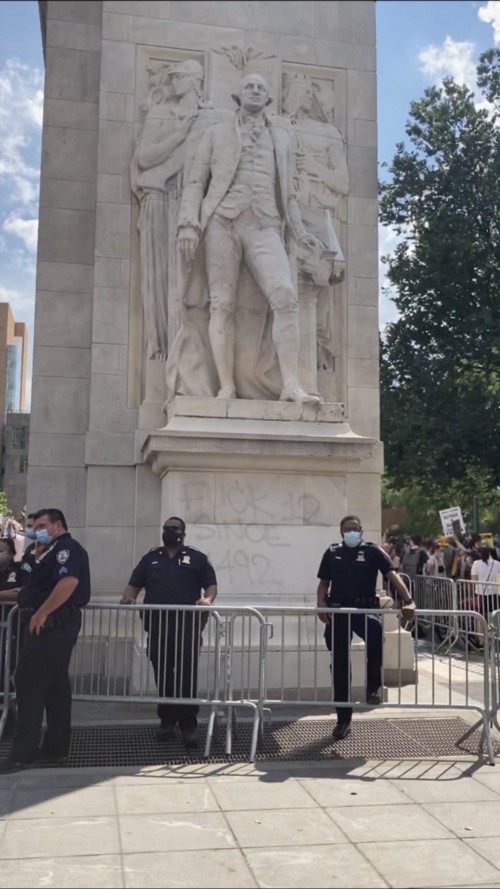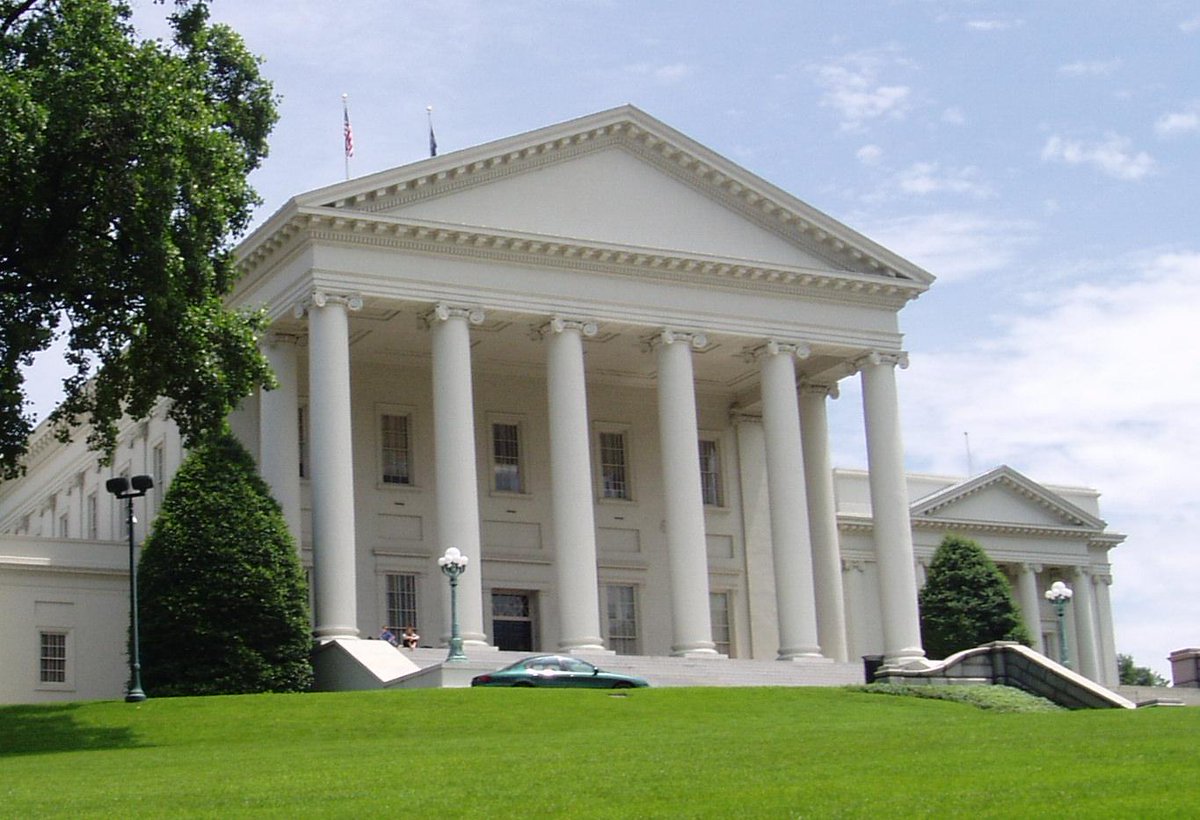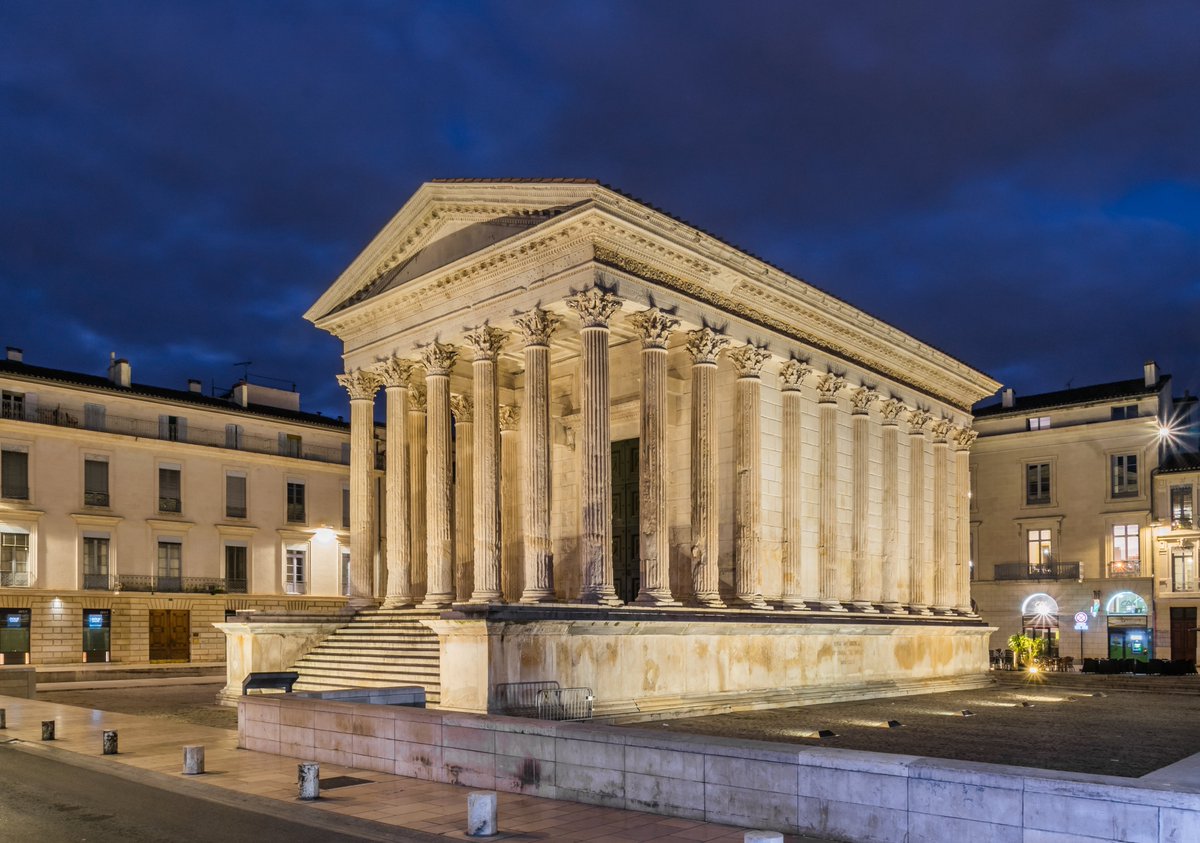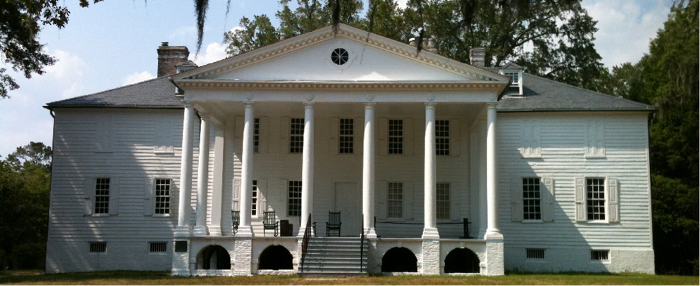
There've been many protests over monuments honoring people who did horrific things. But what does it mean that America's public art is filled with statues of generic white men? Read @intersectionist's brilliant essay on America's imagery of white heritage: intersectionist.medium.com/american-power…
Her essay starts from the question of why no statues have fallen in NYC this year and broadens to explain the white suprematism underlying America’s heritage of public art and architecture, from her point of view as a POC in the white-dominated field of historic preservation.
I'll summarize some of her essay in this thread. She begins by noting that NYC has the dubious honor of being one of the only major US cities that has not lost a statue during the uprisings after the death of George Floyd.
Why? Many of its statues got round-the-clock protection details this summer and fall, at the cost of what must at this point be millions of dollars in police salaries. 

The defense of statues by avowed white nationalists and authorities often too sympathetic to their beliefs is the latest move in the PR campaign to make racism publicly acceptable.
White nationalists emerged from decades underground by rejecting labels like fascist, Nazi, and white supremacist. Instead, they have adopted the less offensive seeming term “alt-right” and claim to be pro-white, simply engaged in protecting their heritage.
As statues began to fall this summer, the claim “heritage, not hate” trended on Twitter. People outraged by the toppling of a statue – any statue – claimed that they stood for American heritage, not racism.
Many preservationists and historians say this claim distorts heritage. But @intersectionist demonstrates that there's no distortion here.
The alt-right is defending American heritage, because this heritage was always about establishing symbols of the power of whiteness in public space.
.@intersectionist traces the idea that “Classical antiquity” is the heritage of white Americans to the Revolutionary era, when white Americans began to obsessively overlay the ancient world onto their own.
Ancient Greece+Rome offered the perfect heritage for white Americans, b/c they offered a model for righteous empire and civilized slave ownership. For example, Thomas Jefferson used the whiteness of Roman slaves as proof of the inherent difference between white and Black people.
In his Notes on the State of Virginia, Jefferson wrote about the Greeks enslaved by the Romans, some of whom achieved greatness in art and science, as proof that it is not enslavement “but nature, which has produced the distinction” between white and Black people.
In other words, even if white people were subjected to the same treatment Jefferson gave the hundreds of Black people he enslaved, the inherent brilliance of the white race would still shine through.
The founders of the United States took every opportunity to highlight what they claimed as their ancient racial heritage, including naming their “Senate” after the governing body of ancient Rome.
And they also set their heritage claims in stone. Jefferson, for example, modelled the new Virginia state capitol building on a Roman temple he had seen as an ambassador to France. 



The style Jefferson established, specifically the use of white columns with a triangular pediment, now appears in countless sites of power in America, from churches, courthouses, and banks to the White House and Capitol Building.
But it's not just governmental buildings. White columns and pediments also characterized the homes of the wealthiest men in the new country: the owners of Southern slave plantations. 

These new facades (in more than one sense —they were wood and brick, covered with white plaster or painted to look like marble) became ubiquitous in the area of the Old Southwest, in territories where settlers ejected indigenous people to grow cotton and sugar.
In staking their claim to this newly stolen land, one of the first tasks that white slaveowners demanded of the Black people who they enslaved was to build them mansions that expressed their (superior) racial heritage.
*whom
The owners of the grandest plantation mansions generally maintained primary residences in nearby cities. The choice to expend massive amounts of capital and slave labor reflects their awareness of the symbolic power of these buildings.
The classicizing architecture of the plantation South was concrete metaphor for group identity, a recurring physical reminder of the racial linkage white Americans claimed with ancient Greeks and Romans.
By distributing these architectural features on the colonized land of their new nation, they quite literally marked the territory of whiteness.
You know who understood this? Dylann Roof. Before murdering nine Black people in Charleston, South Carolina in June 2015, he posted a manifesto that included images of himself at various sites of white heritage, including three plantations.
Two years after Charleston massacre, the South had mostly agreed to recognize that the Confederate flag in which Dylann Roof draped himself was a symbol of hate. But we have not even started the conversation about how “heritage” sites like plantations also symbolize hate.
The imagery of white heritage, which dominates both in our public architecture and statuary, advances an argument that is impervious to the social movements of the past several decades: this nation was created by white men and hence should be the property of white men.
The pattern is so engrained that even the self-proclaimed radical mayor of Newark, New Jersey, Ras Baraka, while removing a statue of Columbus, has ignored the park’s other statues, both of and by white supremacists.
tapinto.net/towns/newark/s…
en.wikipedia.org/wiki/Washingto…
tapinto.net/towns/newark/s…
en.wikipedia.org/wiki/Washingto…
These tools of heritage continue to do what they were initially designed to do. They convey the message of white male dominance to all who encounter the American landscape, regardless of our racial backgrounds.
I've just skimmed the surface of @intersectionist's powerful essay - check it out and follow her work! intersectionist.medium.com/american-power…
Attn: @rogueclassicist @SarahEBond @Sephspeaks @hragv @KevinLevin (who was wishing for an essay on Roof's tourism!) @K_ParnellJr @analuciaraujo_ @ClintSmithIII @MitchLandrieu @gocjhunt @tfine @kalihollowayftw
Also, check out @intersectionist giving some ~fire~ quotes in @CamilleSquires's piece: motherjones.com/anti-racism-po…
• • •
Missing some Tweet in this thread? You can try to
force a refresh



















